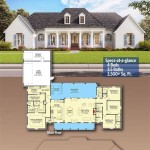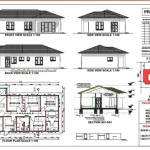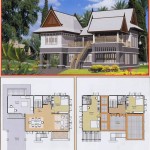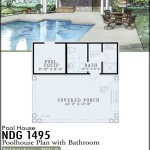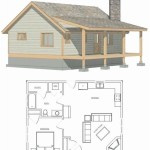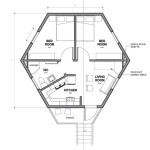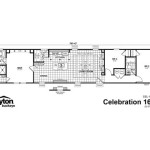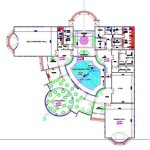Essential Aspects of Antique House Plans Designs
Antique house plans offer a glimpse into the architectural styles and construction methods of the past. These designs have stood the test of time, showcasing the enduring beauty and functionality of traditional architecture. If you are considering building or renovating a home inspired by bygone eras, understanding the essential aspects of antique house plans is crucial.
Symmetry and Formalism
Antique house plans often feature symmetrical facades, balanced proportions, and a sense of order. This emphasis on symmetry creates a sense of harmony and formality, which was highly valued in traditional architectural styles. The central axis of the house, typically marked by a grand entrance or doorway, divides the facade into equal halves.
Architectural Details
Antique house plans are characterized by intricate architectural details that add visual interest and depth to the exterior and interior. These details may include decorative moldings, cornices, pediments, bay windows, and porches. The use of columns, pilasters, and arches is also common, adding a touch of grandeur to the design.
Rooflines
Rooflines in antique house plans vary depending on the architectural style and region. Some common rooflines include gable roofs, hip roofs, and mansard roofs. Gable roofs, with their triangular shape and central peak, are often associated with Colonial and Victorian styles. Hip roofs, with four sloping sides, provide a more streamlined appearance. Mansard roofs, with their double slope on each side, are often associated with Second Empire style.
Floor Plans
Antique house plans typically feature a central hallway with formal rooms on either side. The living room, dining room, and parlor are often located on the first floor, while bedrooms and private spaces are located on the upper floors. The kitchen and service areas are usually situated in the back of the house, with separate entrances for servants.
Construction Methods
Antique house plans were built using traditional construction methods that have been refined over centuries. These methods include the use of solid wood framing, brick or stone exterior walls, and plaster or lath and plaster interior walls. The use of heavy timber beams and joists ensures structural integrity and durability.
Modern Adaptations
While the essential aspects of antique house plans remain timeless, modern design considerations can be incorporated to meet the needs of contemporary living. For example, open-concept floor plans can be introduced to create a more spacious and inviting atmosphere. Sustainable materials and energy-efficient technologies can also be integrated to enhance the comfort and environmental friendliness of the home.
Conclusion
Antique house plans offer a wealth of inspiration for anyone seeking to create a home that evokes the charm and grace of the past. By understanding the essential aspects of these designs, architects and homeowners can create new homes that honor the traditions of old while incorporating modern conveniences and amenities.

Pin On House Plans

Antique House Plans Vintage Printable Book Pages Commercial Use Digital Jpg Format

Antique Home Style The Place Vintage House Plans Floor American Colonial

Small Cottage House Plans 1881 Antique Victorian Architecture Print To Frame Vintage

Vintage Home Design Archives The Inn

Pin On 1920s

Seattle Homes Tudor Style House Plan Design No 132 1908 Western Home Builder Victor W Voorhees

Vintage Home Design Archives The Inn

Ultra Modern Home Designs Traditional House Plans Depicting Olden Times

40 Vintage American House Design Advertisements Floor Plans Hq Image Bundle Printable Art Instant Digital Commercial Use 1

